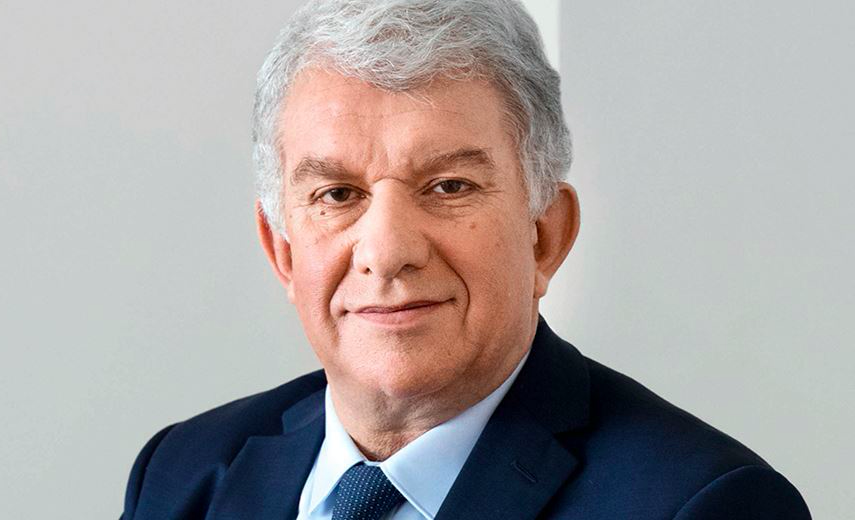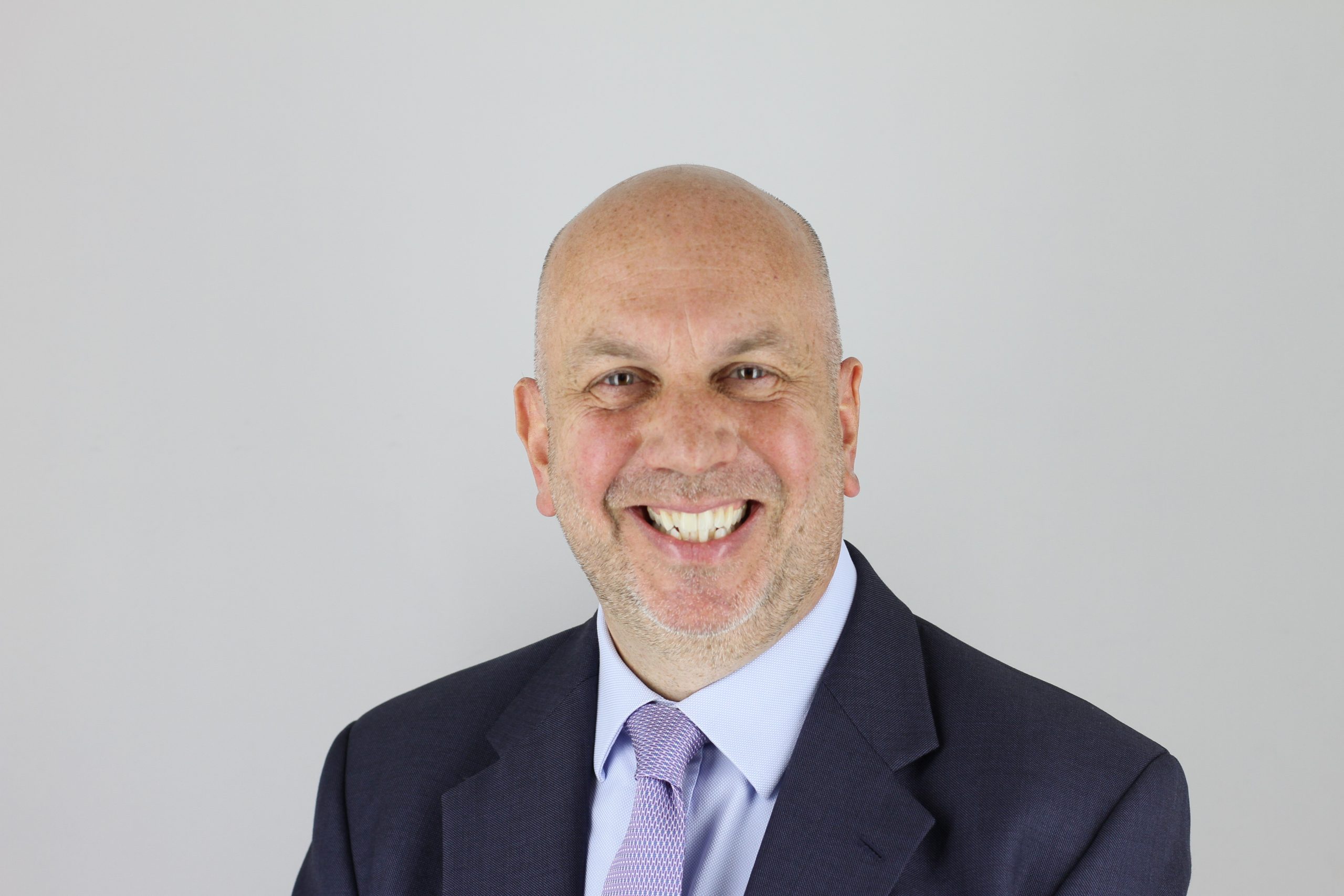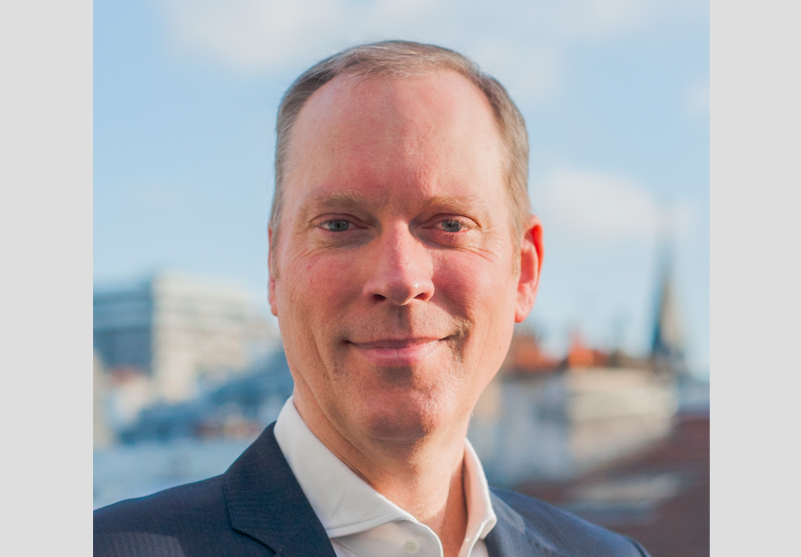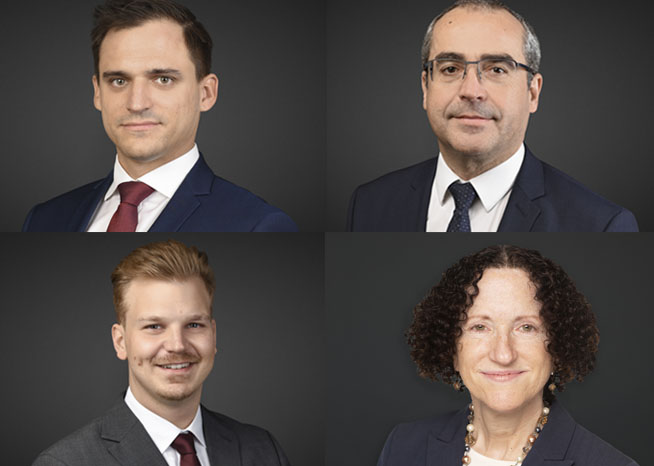Three Reasons to Invest in Asian Equities ex Japan
| By Meritxell Sedo | 0 Comentarios
Pictet Asset Management’s Asian Equities ex Japan strategy aims to invest in companies with sustainably high or improving cash generation and returns, which they think are undervalued and have a strong potential for growth. Find out how to capture the investment potential of Asia.
Reasons to invest in Pictet Asset Management’s Asian equities ex Japan strategy:
1. An inefficient market creates investment opportunities
Pictet Asset Management believes Asia ex-Japan is inefficient, as market participants often focus on the short-term over the long-term and earnings (which can be manipulated) over cash. Pictet Asset Management aims to capture investment opportunities primarily across two broad areas where they think the market is either underestimating:
- structural growers – companies that are able to sustain their above average/above market growth rates and returns
- companies that are going through an inflection – where temporarily depressed returns are extrapolated into the future
2. A focused approach
An active, research intensive investment process helps to identify the best investment opportunities. While Pictet Asset Management likes growth stories, they won’t overpay for them. Their investment philosophy incorporates a focus on cash generation whilst maintaining a strong valuation discipline. They believe a portfolio made up of companies like this should be able to outperform across market cycles.
3. Strong local knowledge and presence
The strategy is run by an experienced investment team including regional specialists based in Hong Kong. Together, they hold over 900 company visits a year.
Why invest in Asia ex Japan?
Asia is the fastest growing region in the world thanks to its highly diversified economies, its demographic advantages as well as structural reforms; and in Pictet Asset Management’s view is today far more resilient due to its better management of the pandemic. The region is also among the most advanced in terms of themes such as e-commerce and fintech with its companies investing more than many developed peers in research & development (1), which would drive future growth.
Asia is the fastest growing region in the world thanks to its highly diversified economies, its demographic advantages as well as structural reforms; and is today far more resilient due to its better management of the pandemic. The region is also among the most advanced in terms of themes such as e-commerce and fintech with its companies investing more than many developed peers in research and development, which should drive future growth.
Despite their superior growth potential, Asian assets are under-represented in investor portfolios. Pictet Asset Management believes Asian equities are attractive due to the strong earning potential of companies and attractive valuations, especially relative to developed markets.
A pick-up in global activity, better corporate earnings, and receding currency and debt risks across the region all contribute to a positive outlook. Against this backdrop, Pictet Asset Management continues to find companies with strong cash flow, earnings growth higher than the market and compelling valuations.
How Pictet Asset Management manages the portfolio
Pictet Asset Management has over 30 years’ experience investing in Asia equity markets, with offices throughout the region. They take an active approach believing that Asia equity markets are inefficient. Therefore fundamental analysis and judicious stock selection are paramount to success. Arguably this is now the case more than ever as markets open up to foreign investors and disruptive technologies rapidly change industries.
Pictet Asset Management seeks companies, with the best growth potential, using a valuation approach based on cashflow rather than simple earnings. Asia is a complex market and they also take into account Environmental, Social and Governance (ESG) criteria, making them multidimensional stock pickers. Finally, they believe this analysis is best achieved through meetings and engagement with company management using qualitative criteria to score businesses.
Notes:
(1) Source: Refinitiv Datastream, Pictet Asset Management, February 2021
Click here for more insights on the investment potential of Asia
Information, opinions and estimates contained in this document reflect a judgment at the original date of publication and are subject to risks and uncertainties that could cause actual results to differ materially from those presented herein.
Important notes
This material is for distribution to professional investors only. However it is not intended for distribution to any person or entity who is a citizen or resident of any locality, state, country or other jurisdiction where such distribution, publication, or use would be contrary to law or regulation. Information used in the preparation of this document is based upon sources believed to be reliable, but no representation or warranty is given as to the accuracy or completeness of those sources. Any opinion, estimate or forecast may be changed at any time without prior warning. Investors should read the prospectus or offering memorandum before investing in any Pictet managed funds. Tax treatment depends on the individual circumstances of each investor and may be subject to change in the future. Past performance is not a guide to future performance. The value of investments and the income from them can fall as well as rise and is not guaranteed. You may not get back the amount originally invested.
This document has been issued in Switzerland by Pictet Asset Management SA and in the rest of the world by Pictet Asset Management Limited, which is authorised and regulated by the Financial Conduct Authority, and may not be reproduced or distributed, either in part or in full, without their prior authorisation.
For US investors, Shares sold in the United States or to US Persons will only be sold in private placements to accredited investors pursuant to exemptions from SEC registration under the Section 4(2) and Regulation D private placement exemptions under the 1933 Act and qualified clients as defined under the 1940 Act. The Shares of the Pictet funds have not been registered under the 1933 Act and may not, except in transactions which do not violate United States securities laws, be directly or indirectly offered or sold in the United States or to any US Person. The Management Fund Companies of the Pictet Group will not be registered under the 1940 Act.
Pictet Asset Management Inc. (Pictet AM Inc) is responsible for effecting solicitation in North America to promote the portfolio management services of Pictet Asset Management Limited (Pictet AM Ltd) and Pictet Asset Management SA (Pictet AM SA).
In Canada Pictet AM Inc is registered as Portfolio Managerr authorized to conduct marketing activities on behalf of Pictet AM Ltd and Pictet AM SA. In the USA, Pictet AM Inc. is registered as an SEC Investment Adviser and its activities are conducted in full compliance with the SEC rules applicable to the marketing of affiliate entities as prescribed in the Adviser Act of 1940 ref. 17CFR275.206(4)-3.














